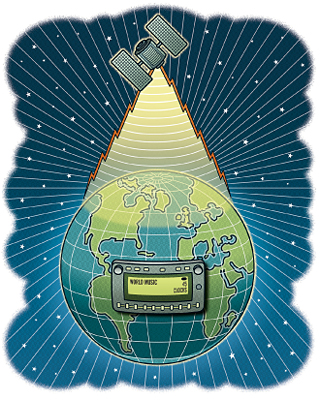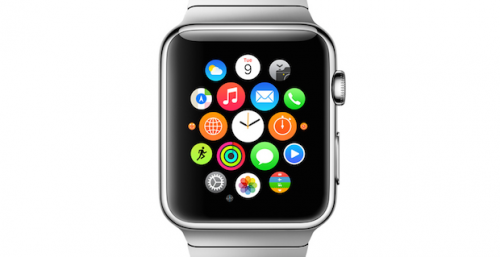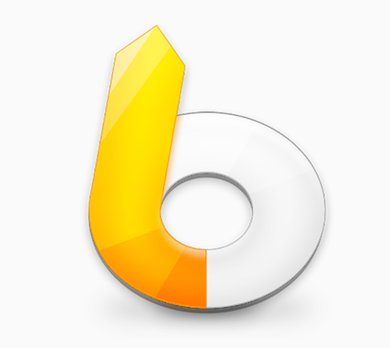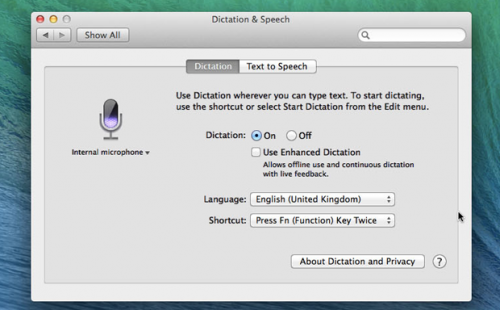
Physically, the long stretch of country between New Orleans and the Florida Panhandle is mainly swampland, but when it comes to the radio, it’s a desert. This is an insult to musical history: You expect–and deserve–a large helping of the bedeviled Robert Johnson and genuine Delta blues as you zip past billboards pushing swamp tours and Paw Paw’s Camper City. Instead, not much beyond Big Easy city limits, the sound of Basin Street blues gives way to Top 40, Christian pop and prayer radio–and there’s nothing to look forward to along Interstate 10 but 210 miles of disappointment.
I know this route well, so I saw a drive across Louisiana and the Mississippi and Alabama boot heels as an opportunity to delve deeper into the trendy world of satellite radio–which has become even trendier with the announcement by Howard Stern that he’s moving to satellite radio in 2006. To do this properly I ran a road test on the two emerging powerhouses of the field, XM Radio and Sirius. Each of these subscription services provides listeners with more than 100 channels, with programming as broadly appealing as national weather forecasts and as targeted as bluegrass, world music and Broadway tunes. Whether you fancy talk radio, trucker banter or stand-up comedy, there’s a channel–or two–to be found. In theory, at least, satellite radio is the antidote to a commercial radio culture that has dissolved into boring sameness in town after town.
I auditioned the portable Delphi XM Roady 2 service first. I started with the channel devoted to ’60s music, and eased into vacation mode with “Li’l Red Riding Hood” by Sam the Sham and the Pharaohs. I hit 7 next, where I had preset the ’70s channel, and cruised along to “Midnight Train To Georgia.” Later, I switched to ESPN Radio in hopes of finding a baseball game, but got stuck with sports jabber instead. I was disappointed with Radio Classics when I couldn’t understand the dialogue on “The Shadow” through the fuzzy rental car speakers. So I settled into XM Café, a satisfying blend of folk and alternative music.
So far, so good. At a Waffle House in Alabama, I switched to the Sirius Sportster–another portable option–but not before sustaining a jagged cut on the wrist as I hacked through the plastic clamshell with scissors. The industry has to come up with better packaging.
Sportster is geared to football fans who can enjoy Sirius’s package of NFL games. I selected the Green Bay Packers from the menu as my favorite team so now whenever I turn on Sportster, the team’s logo comes up. Even better, when it’s game time, I’m alerted by a beep telling me to change channels. The real-time score is displayed on the screen along with the quarter being played. That was cool while the Packers were up 3-0, damned annoying when the Bears went ahead to win 21-10.
Another Sirius exclusive that I really enjoyed was the Elvis channel, which delivers the King’s vast repertoire of rockabilly, gospel and rock-and-roll 24/7 from a studio at Graceland.
Of course, it’s important to remember that most people enjoying satellite radio in their cars today are using hardware that is permanently installed. But since I was trying both services out, I was reduced to using portable versions of the technology. With both systems, this route is a lot messier than using the installed hardware, but for you, dear reader, it was worth it. The upside is you can connect the portables to your home stereo with optional kits, which is cheaper than paying for dual subscriptions.
Both units worked well, providing good reception and sound quality, but there were some differences. With XM Roady 2, the listener scrolls through the 137 stations using a jog wheel and presses the wheel to choose one. Now, I don’t like jog wheels because my finger tends to slip when I try to make a selection, and I end up tuning to the wrong station. The rotary tuning knob on the Sirius Sportster is more finger-friendly.
However, I appreciated the compactness of Roady. The body is as small as a deck of cards and the antenna is no bigger than a half dollar. Sportster is about a third larger than Roady. While that helps make the display easier to read, the design reminds me of an ’80s-era Walkman, and the antenna has an 8-in. tail.
Again, using installed satellite radio equipment is a much easier option.
XM has a slight pricing edge at a month versus for Sirius. A one-year Sirius commitment discounts to a year, compared with XM’s . Sirius used to have sole bragging rights for commercial-free music, but XM matched that offering–a welcome example of the benefits of competition. XM has commercials on news, sports and entertainment channels. Sirius has program announcements on these channels.
One could split hairs over these pricing and product design differences, but for me a buying decision would come down to programming. I like the Sinatra channel (Frank’s Place) on XM and the terrific Elvis channel from Sirius. I prefer the rock and jazz channels from Sirius, but I’m a big fan of XM Café. The fact that both offer a few classical options is great, considering the sad state of serious music on commercial radio. But either service still has the opportunity to win my dollars: The tipping point will be whichever service offers full Major League Baseball coverage first.
120 CHANNELS
MUSIC: 65 music channels including 13 pop, 17 rock, six country, six jazz/standards, four hip-hop, five Latin and world.
TALK/ENTERTAINMENT: 24 talk channels and eight sports (which carry the play-by-play of more than 23 college teams). Includes ESPN Radio and, soon, Howard Stern.
NEWS: 14 news channels including Fox News Channel and NPR Talk.
TRAFFIC AND WEATHER: 10 traffic and weather channels covering 20 cities.
PREMIUM: Sirius has no premium channels.
OUR FAVES: The Elvis station is super for about five songs in a row, longer for true die-hards. When it comes to political talk, the SiriusLeft channel offers plenty to ponder while cruising the byways. You may prefer the Sirius Patriot channel for a more right-wing bent.
BOTTOM LINE: Definitely best for the sports fan–I loved listening to the Packers while on the road. And for this kind of coverage is worth it.
137 CHANNELS
MUSIC: 68 music channels including 15 rock, seven urban, five jazz and blues, seven country, three Christian and three classical.
TALK/ENTERTAINMENT: 27 talk channels split into 12 entertainment and 15 sports. Includes Big Ten Sports and I Want My MTV–RADIO.
NEWS: 12 news channels including Breaking Stories From Around The World and CNN in Spanish.
TRAFFIC AND WEATHER: 22 traffic and weather channels including the XM Emergency Alert Channel.
PREMIUM: Two premium channels–The Opie And Anthony Showand Playboy Radio.
OUR FAVES: For music, XM Café offers an eclectic blend of blues, alternative and folk music. Bluesville is one of those rare stations that plays true American blues music 24/7. In the morning, former NPR talker Bob Edwards holds forth on Channel 133.
BOTTOM LINE: With stations offering tunes from the ’70s, ’80s and ’90s, the variety of music was good, but it’s really the tag that makes XM a good deal.






